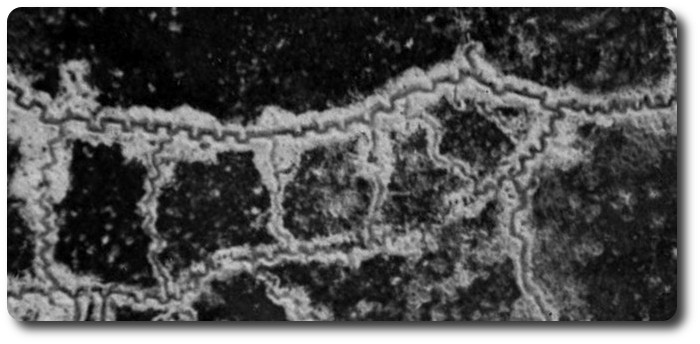Topic: CEF

Tactical Instructions
Instructions of the Conduct of Small Units, Translated from the French Edition of 1916, Edited at the Army War College, Washington, D.C., May, 1917
Although this article isn't specifically about the CEF, it has been tagged as such to keep it with other First World War material.
The private soldier must be trained to assume leadership and responsibility.
(Translators' Notice.) A comparison of the tactical instructions contained herein with the tactics in vogue at the outbreak of war, and with the Tactical Study of Laffargue, published to the French Army between the Battle of Neuville St. Vaast, May, 1915, and the Battle of Champagne, September, 1915, reveals a steady development of certain features of the attack. The Battle of Verdun brought into relief certain features of the defense which have likewise undergone great development. Among the more important, developments that should interest American students of modern tactics the following may be mentioned:
(a) The resort to intrenchments and their accessories to an extent never before imagined.
(b) The absolute necessity of perfect team work and efficient liaison between infantry and artillery in general and between individual units of each.
(c) The extent to which the initiative in the liaison between infantry and artillery has been given to infantry commanders.
(d) The use of material and personnel of liaison between all grades of commanders and their subordinates. (This latter was a feature of French training before the war, but the present instructions show considerable development. This subject has received practically no attention in the United States Army.)
(e) The section of 50 to 60 men is the fighting unit, and its leaders, subalterns, or warrant officers must actually lead in action but not disclose their identity to the enemy.
(f) The private soldier must be trained to assume leadership and responsibility.
(g) The machine gun is a powerful weapon of attack, support, and defense and must go wherever infantry goes; it must be used in larger numbers than ever before (French infantry brigades now have 84 machine guns to 6,000 men); it must fight to the end; and it must be used to economize infantry.
(h) The formation of infantry units, within range of artillery must in no case be in columns of fours. Depth is insisted on for purposes of control. Mingling of units is apparently inevitable. The use of successive lines of attack with distinct objectives, with each line in in turn in a succession of waves seems to be required.
(i) Modern intrenchments can not be taken by infantry unless the attack is thoroughly prepared by artillery.
(j) Grenades are a regular infantry weapon and grenadiers are a part of every company.
(k) The advance under infantry fire is by section in good control of the leaders. The practice of filtering forward by individuals or in small groups is condemned, except where good cover or covered pathways may be used; but this formation can not be used in the open on account of loss of control.
(l) The "nettoyage" is the work of searching out the captured fieldworks for lurking enemy who, coming out from their hiding places, have in many instances caused serious losses to the attacking troops who have swept over and beyond them.
(m) It is to be noted that the assault by small units discussed in these instructions is entirely dependent upon accurate information concerning the enemy's trenches. This information in modern warfare is almost entirely obtained by aeroplane reconnaissance accompanied by aeroplane photographs, which are afterwards plotted on trench maps. Unless we are prepared to furnish such information no attack by units, large or small, can be properly planned.
(n) Any successful attack is dependent upon a well-trained and properly organized and directed general staff, which can coordinate and harmonize all tactical dispositions.
Note.— lt is suggested that the development of machine guns, grenades, smoke and suffocating bombs, the "aeroplane de bombardment," etc., might well be applied to quelling troubles with our savage and semisavage dependents, with a great economy of infantry and cavalry.

